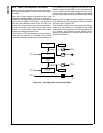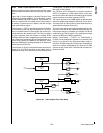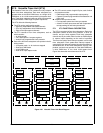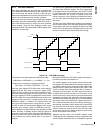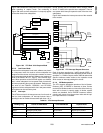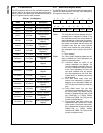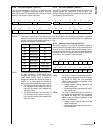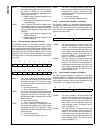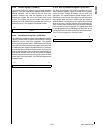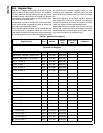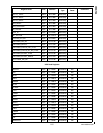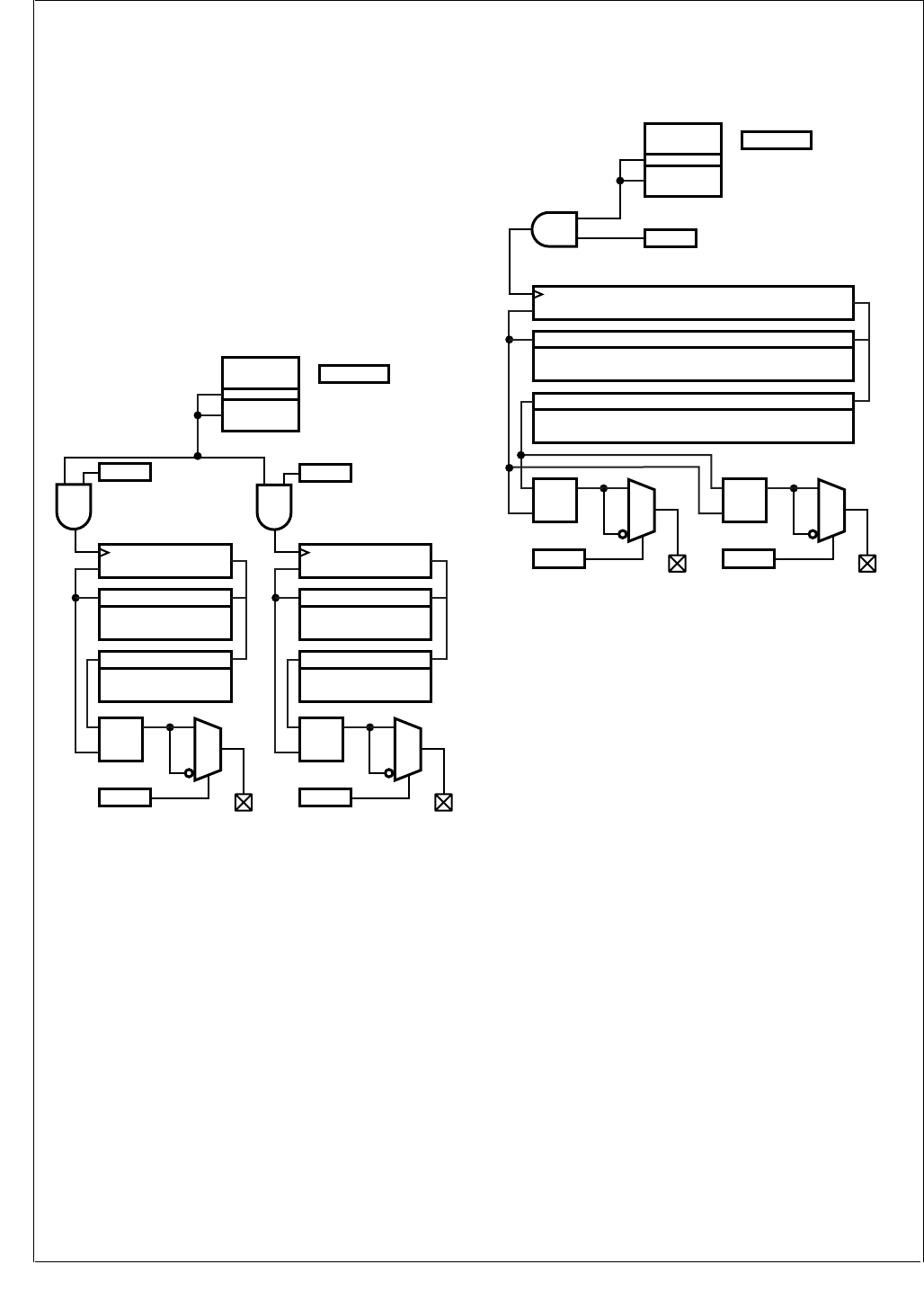
www.national.com 208
CP3BT26
The two I/O pins associated with a timer subsystem function
as independent PWM outputs in the dual 8-bit PWM mode.
If a PWM timer is stopped using its associated
MODE.TxRUN bit the following actions result:
The associated TIOx pin will return to its default value as
defined by the IOxCTL.PxPOL bit.
The counter will stop and will retain its last value.
Any pending updates of the PERCAPx and DTYCAPx
register will be completed.
The prescaler counter will be stopped and reset if both
MODE.TxRUN bits are cleared.
Figure 106 illustrates the configuration of a timer subsystem
while operating in dual 8-bit PWM mode. The numbering in
Figure 106 refers to timer subsystem 1 but equally applies
to the other three timer subsystems.
Figure 106. VTU Dual 8-Bit PWM Mode
27.1.2 16-Bit PWM Mode
Each of the four timer subsystems may be independently
configured to provide a single 16-bit PWM channel. In this
case the lower and upper bytes of the counter are concate-
nated to form a single 16-bit counter.
Operation in 16-bit PWM mode is conceptually identical to
the dual 8-bit PWM operation as outlined under Dual 8-bit
PWM Mode on page 207. The 16-bit timer may be started
or stopped with the lower MODE.TxRUN bit, i.e. T1RUN for
timer subsystem 1.
The two TIOx outputs associated with a timer subsystem
can be used to produce either two identical PWM wave-
forms or two PWM waveforms of opposite polarities. This
can be accomplished by setting the two PxPOL bits of the
respective timer subsystem to either identical or opposite
values.
Figure 107 illustrates the configuration of a timer subsystem
while operating in 16-bit PWM mode. The numbering in
Figure 107 refers to timer subsystem 1 but equally applies
to the other three timer subsystems.
Figure 107. VTU 16-bit PWM Mode
27.1.3 Dual 16-Bit Capture Mode
In addition to the two PWM modes, each timer subsystem
may be configured to operate in an input capture mode
which provides two 16-bit capture channels. The input cap-
ture mode can be used to precisely measure the period and
duty cycle of external signals.
In capture mode the counter COUNTx operates as a 16-bit
up-counter while the two TIOx pins associated with a timer
subsystem operate as capture inputs. A capture event on
the TIOx pins causes the contents of the counter register
(COUNTx) to be copied to the PERCAPx or DTYCAPx reg-
isters respectively.
Starting the counter is identical to the 16-bit PWM mode, i.e.
setting the lower of the two MODE.TxRUN bits will start the
counter and the clock prescaler. In addition, the capture
event inputs are enabled once the MODE.TxRUN bit is set.
The TIOx capture inputs can be independently configured to
detect a capture event on either a positive transition, a neg-
ative transition or both a positive and a negative transition.
In addition, any capture event may be used to reset the
counter COUNTx and the clock prescaler counter. This
avoids the need for software to keep track of timer overflow
conditions and greatly simplifies the direct frequency and
duty cycle measurement of an external signal.
COUNT1[15:8]
Res
015
[15:8]
P2POL
TIO2
PERCAP1[15:8]
Compare
DTYCAP1[15:8]
Compare
RQ
S
C1PRSC
= =
70
Prescaler
Counter
COUNT1[7:0]
Res
07
[7:0]
P1POL
TIO1
PERCAP1[7:0]
Compare
DTYCAP1[7:0]
Compare
RQ
S
T1RUN
TMOD1 = 01
T2RUN
DS090
Count1[15:0]
Restart
015
[15:0]
P2POL
TIO2
PERCAP1[15:0]
Compare
DTYCAP1[15:0]
Compare
RQ
S
C1PRSC
= =
70
Prescaler
Counter
P1POL
TIO1
RQ
S
TMOD1 = 10
T1RUN
DS091



